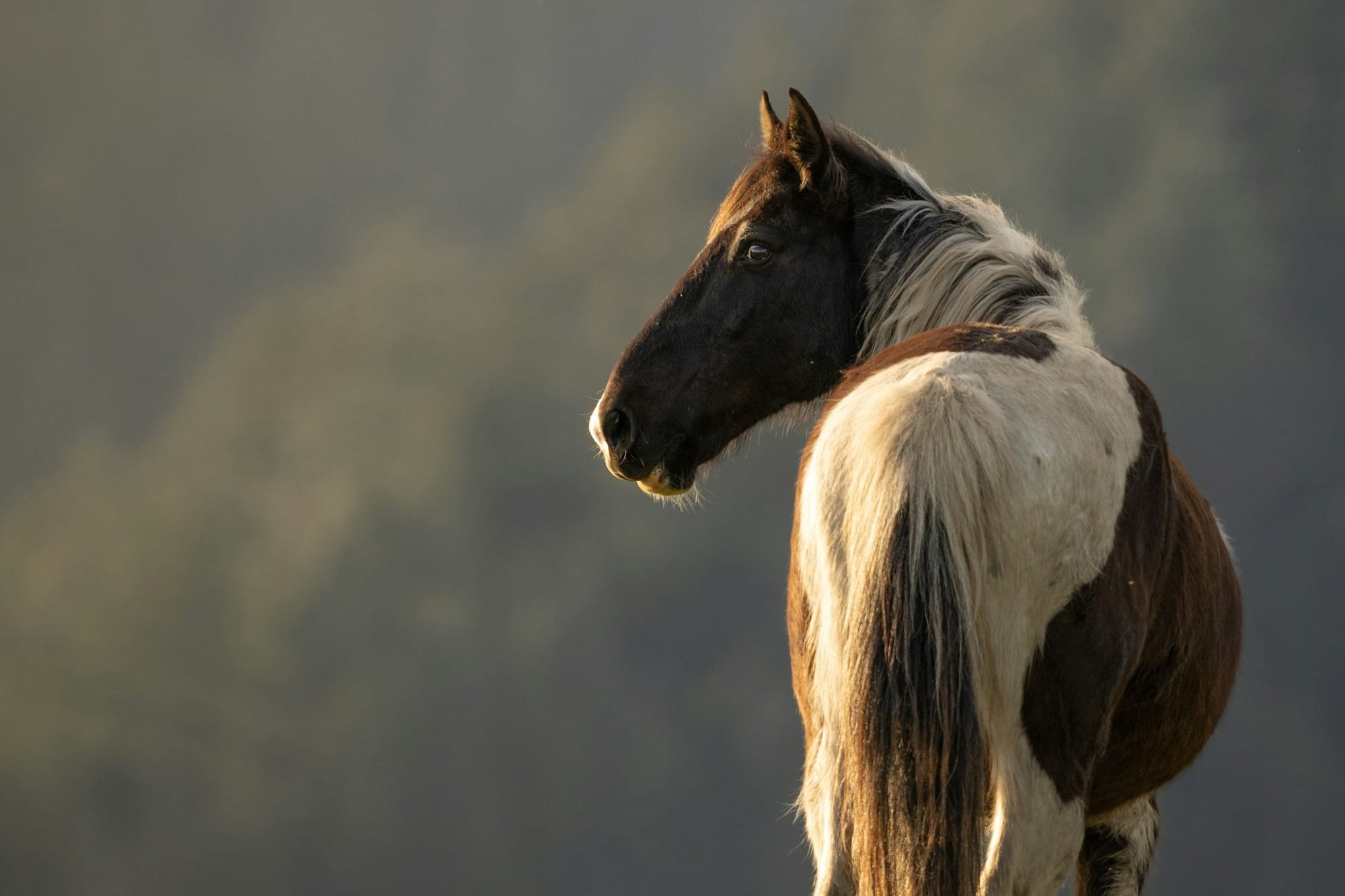Body Protectors for Equestrians: What You Need to Know
Body protectors help shield your ribs, spine, and organs in a fall or impact. Look for a BETA Level 3 rating and replace your vest every 3–5 years or after a major fall. Fit matters: snug, not tight. Air vests add protection, but they’re not a substitute for a certified body protector.

Riding is a sport we all love for its freedom, challenge, and connection with the horse, but we all know that it also comes with risk. Helmets tend to get the most attention when we talk about rider safety, but body protectors can be just as important, especially when jumping, eventing, working with green horses, or riding in unpredictable situations. Understanding the standards, fit, and replacement guidelines for body protectors can help you make a smart choice for your safety in the saddle!
What Does a Body Protector Do?
A body protector is designed to reduce the severity of injuries to the torso in the event of a fall, kick, or impact. The padding helps absorb concussive forces, protecting ribs, spine, and internal organs. While no piece of equipment can make you “fall-proof,” a properly fitted body protector can be the difference between walking away sore and ending up with a serious injury.
Safety Standards: Why a “BETA 3” Label Matters
As with many things, not all body protectors are created equal. One of the most widely recognized safety standards in the world is BETA (British Equestrian Trade Association). The highest current level is BETA Level 3, which means the vest has been tested and certified to provide protection appropriate for riders in all disciplines, including eventing and racing. The BETA standards are outlined as follows:
- BETA Level 1: Lightest protection, often used by jockeys in racing.
- BETA Level 2: Medium protection, generally considered inadequate for most general riding situations.
- BETA Level 3: The gold standard for everyday equestrian use, including cross country and other high-risk activities.
If you’re investing in a body protector for general riding, look for the BETA 3 tag to ensure that you’re getting the highest level of protection.
When to Replace a Body Protector
Protective materials break down over time and with exposure, so even the best body protector won’t last forever. Here are some general guidelines on when to replace it:
Every 3–5 years:
Much like helmets, even if the vest hasn’t taken a hard hit it’s a good idea to replace it every 3-5 years due to the decrease in efficacy of the protective materials.
After a significant fall:
Also just like a helmet, a body protector can lose some of it’s protective ability after sustaining a major impact.
When the fit changes:
If your vest no longer molds comfortably to your body or the foam feels stiff and cracked, it’s time to replace it.
A worn-out vest may look fine on the outside, but compromised materials won’t give you the protection you need!
Getting the Right Fit
Fit is just as important as safety certification. A body protector should:
- Sit snugly but not restrict breathing.
- Cover the front of the rib cage and extend down to just above the hip bone.
- Protect the back down to just above the tailbone without it pushing against the cantle when you sit in the saddle.
- Allow freedom of movement for shoulders and arms.
Most tack shops and safety retailers offer fitting services, which are worth the time to ensure you’re getting maximum protection!
What About Air Vests?
Air vests have become increasingly popular in recent years, particularly among eventers and show jumpers. They use a CO₂ canister that inflates the vest upon separation from the saddle. There is not yet a safety standard in place for air vests, nor are they required in any equestrian sport. Considering investing in one? Here are some pros and cons to consider.
Pros:
- Impact dispersion in high-risk falls.
- Lightweight relatively unobtrusive when not inflated.
- Some provide extra coverage, especially around the neck and shoulders.
Cons:
- Most are designed to be worn over a traditional body protector, and in the sport of eventing air vests are only allowed if they are worn with a body protector underneath..
- Require ongoing maintenance (replacement canisters, checking the trigger system, verifying integrity of the air bags, etc).
- Won’t provide protection if the vest doesn’t inflate (for example, in low-speed falls where the lanyard doesn’t detach, rotational falls where the horse falls with the rider, etc).
Air vests can be a great addition to your safety gear, but they’re not a replacement for a certified body protector.
The Bottom Line
A well-fitted body protector that meets BETA Level 3 standards is one of the best investments you can make in your riding safety. Combined with a properly certified and fitted helmet, it gives you a solid foundation of protection whether you’re jumping a course, galloping across country, or just hacking out on the trail. Add an air vest for extra peace of mind, and you’re giving yourself every advantage in staying safe while doing the sport you love!

